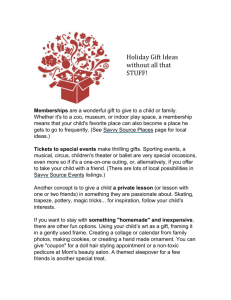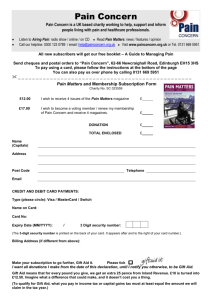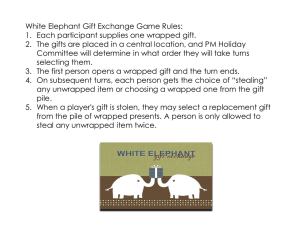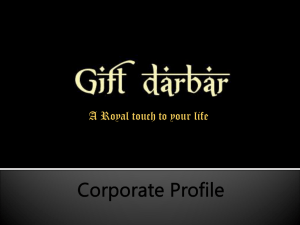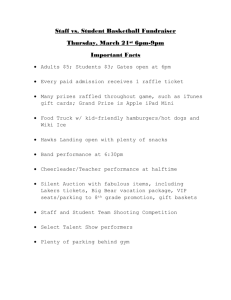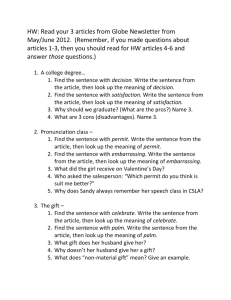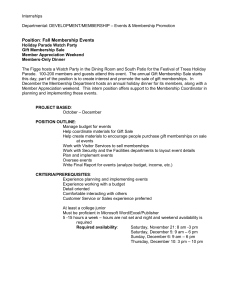File
advertisement
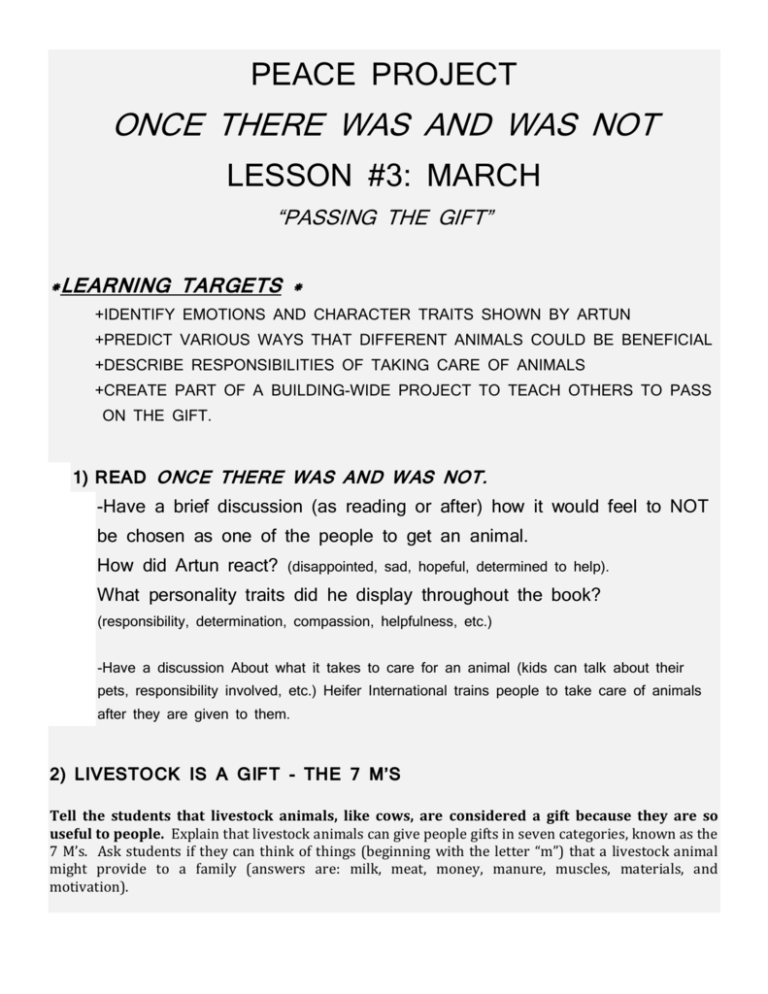
PEACE PROJECT ONCE THERE WAS AND WAS NOT LESSON #3: MARCH “PASSING THE GIFT” *LEARNING TARGETS * +IDENTIFY EMOTIONS AND CHARACTER TRAITS SHOWN BY ARTUN +PREDICT VARIOUS WAYS THAT DIFFERENT ANIMALS COULD BE BENEFICIAL +DESCRIBE RESPONSIBILITIES OF TAKING CARE OF ANIMALS +CREATE PART OF A BUILDING-WIDE PROJECT TO TEACH OTHERS TO PASS ON THE GIFT. 1) READ ONCE THERE WAS AND WAS NOT. -Have a brief discussion (as reading or after) how it would feel to NOT be chosen as one of the people to get an animal. How did Artun react? (disappointed, sad, hopeful, determined to help). What personality traits did he display throughout the book? (responsibility, determination, compassion, helpfulness, etc.) -Have a discussion About what it takes to care for an animal (kids can talk about their pets, responsibility involved, etc.) Heifer International trains people to take care of animals after they are given to them. 2) LIVESTOCK IS A GIFT - THE 7 M’S Tell the students that livestock animals, like cows, are considered a gift because they are so useful to people. Explain that livestock animals can give people gifts in seven categories, known as the 7 M’s. Ask students if they can think of things (beginning with the letter “m”) that a livestock animal might provide to a family (answers are: milk, meat, money, manure, muscles, materials, and motivation). Write these seven categories where the students can see them, and ask students which benefits Artun’s cow provided. Some possible answers are: 1. Milk: Drinking milk can improve the nutrition of children and adults, leading to better health. 2. Meat: Although Artun’s family is unlikely to use their dairy cow for meat, some of her offspring might provide meat to the family or community. 3. Money: -Sell the extra milk. -Sell or keep offspring (but they are required to pass on the first healthy female offspring). 4. Manure: -Fertilizer for crops. -Fuel for cooking or heat. 5. Muscle: Although dairy cows are not often used to plow fields or do other manual labor, some of their offspring might be excellent draft animals. 6. Materials: -Some cows have long hair that can be used for clothing. -(If appropriate for discussion with your students) When a cow dies, it’s skin can be made into leather. 7. Motivation: Families who receive cows want to work hard and care for their animals because they have hope for a better health, better income, and a better future. 5) “PASSING ON THE GIFT” 1. Go to the Parkview website (http://parkviewpeaceproject.weebly.com/) or youtube and watch “Passing on the Gift” -Explain that Heifer International (H.I.) believes in helping communities, not just a single person or family. This is done by, “Passing on the Gift”. **Ask students: How can giving a few animals to a few families help an entire community? Tell students that when H.I. provides livestock animals, they are usually pregnant female animals. When that animal gives birth to a healthy female, the owner is required to “pass on” that first healthy female baby to another family in that community. This is how a gift of one animal can spread to an entire community. 2. Tell the students you will be doing an activity to demonstrate how “Passing on the Gift” works. BUILDING-WIDE PROJECT FOR HEIFER: *K-3: Make a large mozaic animals *4-6: Animal facts (7M’s) That can be posted by the k-2 animals *7-8: Videos or Posters *More detailed information to follow……
